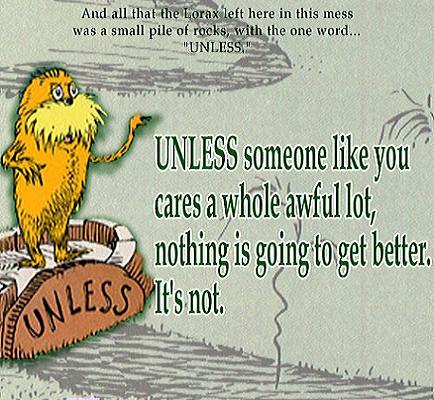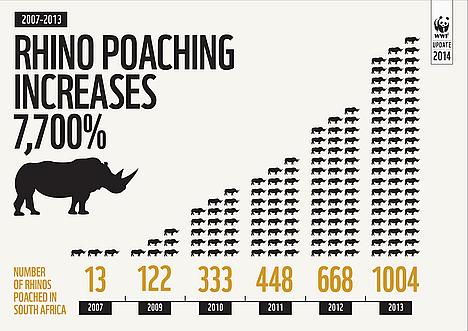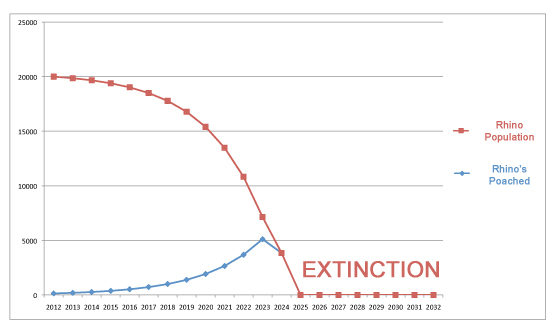I am currently working on an assignment. Not much of a surprise. And, strange, you say, that I am writing this in the midst of my assignment? Not really. This is part of my assignment. I am attempting to incorporate a variety of multimedia to fulfill the guidelines.
This assignment has many pieces. I will do my best to provide you an overview without your eyes glazing over and you getting the urge to click over to another tab. Essentially, addressing diversity and the various forms of justices (food, water, energy, climate) is the overall theme. Here's the rub, though. I consider these very human-centric. I am not saying that it is a bad thing to consider how our use of these resources is equitable or not amongst humans. And I am not saying that adjusting our use of these resources to be more equitable amongst humans is not a valid and desirable thing. I recognize that these concerns will also, hopefully, positively impact this planet with which we live. Yet, I struggle with focusing entirely on the human while considering these resources as something solely for our benefit. I approach justice as truly that, just and fair treatment. Equity. Currently, humans are taking the, well, human-sized share of the planet's resources. The other organisms with whom we share this place are forced to survive on less, or not survive at all.
So, while I acknowledge that I may be interpreting this assignment in a way that is unintended, I feel it vitally important to speak for those without a loud enough, or socially intelligible, voice. Because if those who can speak in the language other humans understand do not do so, then the melodious and beautiful voices of those who cannot speak our language will quickly die out, and this world will be lost.

Avoiding SQUIRRELS!
Where are we now, and why?
I decided approaching this assignment through the lens of some charismatic megafauna will provide opportunity to combine visual and verbal learning styles (multiple intelligences). Ok, ready for the breakdown of what that sentence means? Charismatic megafauna are the big "cuddly" animals people are often drawn to and care about most frequently. Like pandas. And elephants. Learning styles (multiple intelligences) are categories that organize in what ways people engage with and retain information. Ever try to read a huge block of text (ahem) and find you don't remember much of it? But if you listen to it, like a book on tape, you have near perfect recall? Or how playing with an item allows you to remember how it works/what it is/what it does? These all speak to your learning style in the realm of multiple intelligences. I know that, often, webpages with insane amounts of text lead me to TL;DR (too long; didn't read) territory, and I click over to something shorter and more interesting. I know this is a result of the internet culture in which I live. I accept that I am easily distracted by SQUIRRELS!








With that knowledge of myself, I searched for ways to present information in a visually appealing manner, and that are concise and interesting. Essentially, I searched for some good interpretive examples. Goodness, the interwebs are full of interesting things!
Enter the Infographic
This method of information delivery encompasses the visual (with multiple colors, pictures, etc.) and the verbal (with the right amount of words), appealing to many and enticing to read and learn.
I selected a few species to highlight, with the knowledge that these species act as umbrellas. By working to conserve and save an "umbrella" species, many other species found in the same area are helped. I do not consider one species more important than any other (especially humans). An ecosystem is a system, where all the parts work cohesively to make the system function correctly. If any part of the system is malfunctioning (such as having too many babies, or using fossil fuels that cause climate change, or creating monocultures from clearcutting for food crops), the entire system malfunctions.
Here are some examples of malfunctions.

Rhinoceros
The current plight of rhinoceros is entirely human-caused. The false belief that rhino horn contains medicinal properties perpetuates the killing of these important browsers.

Even with the knowledge that rhinoceros horn is made of the same stuff (keratin) as human fingernails, the demand is still high, and ever increasing, as evidenced by these statistics. High demand leads to high prices, which encourages more poaching. Sometimes these poachers are from poor communities and living in poverty and hunger. Money to make life a little easier is exceptionally appealing. Here is where food justice is an important topic for the rhinoceros.

The continued rate of deaths shows a bleak future.

Photo source link Graph credit: rhinosurvival.org
There are multiple species of rhinoceros, and the above statistics do not delineate which are being poached and the expected date of extinction. I hazard it is showing statistics for the white rhino, which currently has the highest population number.

Ok, please don't click away and stay away. I know this is sobering information, but it's important for you to know. And, it's part of my assignment. Stay with me!
Elephants
The story of the elephants is, unfortunately, not dissimilar to the rhinoceros. Ivory from elephant tusks (which is essentially a modified tooth) is prized and highly valued for a variety of purposes.

Again, money is the driving force behind these human actions. If these numbers continue at the current rate, it is likely elephants will be extinct in the wild within 25 years.

Governments around the world chose definitive action against the illegal ivory trade (which, honestly, seems a strange label, "illegal". We are deciding when it is ok to commodify animal body parts, without the animal's permission.) recently, by destroying stockpiles of ivory. But what does that really mean for supply and demand? Granted, these tusks and ivory pieces were not available for purchase, but the mere presence kept a modicum of control. Without the slightest possibility of acquiring the destroyed ivory, consumers are willing to pay more for any available ivory, which puts the elephant populations at a higher risk than ever.

Tigers
Presented without additional comment. The information provided is more than enough to give a good picture of the tiger situation.

Thanks for sticking around this long. I have two more sections for you.
Sharks
Ah, sharks. Not exactly charismatic megafauna. And frequent subjects of "when animals attack!" media sensationalism. Shark week on network television further excites, yet often misinforms, the public. The truth is that sharks are victims. Yes, the role of shark in the ecosystem is as predator, which humans often equate to dangerous or bad. But without natural population control through predation, more illness-based and lack of resources-based deaths occur, putting other populations at risk.
Let's step away from sharks for just a moment while I address humans. Biologically speaking, humans are predators. But our evolution has taken us beyond that role, to consumers. We kill and take out of balance. More than we need. Predators in a healthy ecosystem only hunt and kill what is needed to survive. In balance.
Ok, back to sharks. The fins of sharks are prized for an ingredient in soup. Just the fins. Like the rhinoceros and the elephant, and to some extent the tiger, one part is removed, leaving the rest to waste away. Scavengers do help in the decomposition, but, again, the rate of death is higher than through natural means, causing further stress on the ecosystem.

While the demand for shark fins increases, the true value of the animal alive and well in our oceans is forgotten. So, here's a reminder.

Last one. Promise. Except for a little conclusion at the end. But that doesn't really count.
Pet Trade
Yikes, this one is a tough one. It's not just one species, but many. And how to pick which to highlight? Tarantulas, turtles, monkeys, cats (not the domestic kind), and so on, and so forth. Honestly, I am guilty of wanting to have animals in my life on a regular basis. In fact, I have a domestic cat, domestic dog, and domestic chickens. But have you ever looked at an animal and thought it was so cute you just had to take it home? You justify it by telling yourself you will provide it all the resources it needs. That justification is so so wrong. Because you really cannot, no matter how hard you try.

It is difficult to determine the real motivation behind the
exotic pet trade. Clearly, money is a driving force for the sellers, but the
purchasers, the pet owners, what are they hoping to gain? Status is a
possibility, as some revere those who have the means to purchase exotic and
rare items, including animals. Are these pet owners searching for a deeper
connection to nature that has somehow been lost due to human urbanization? Likely.
This underlying and unconscious desire to connect deeper with nature is
unfortunately expressed through the exotic pet trade, leading to reduced
population numbers of these species in the wild, possible human endangerment,
and likely individual animal reduction in health.

Really, the list goes on and on. If we do not change how we view the world, we will not have a world to view. And this is not a future that is beyond our lifetime. It is happening right now.
Drawing Conclusions
So that is where we are and why. The justice on which we need to focus is planetary, not human. So I have one more pertinent infographic for your perusal. My hope is to see a world where these staggering and saddening figures no longer exist, because we made it better. I like that future.

No comments:
Post a Comment